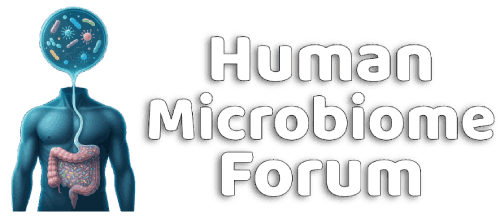Michael Harrop
Well-known member
https://www.cnn.com/2025/04/15/health/child-mattress-bedding-toxins-wellness/index.html
https://pubs.acs.org/doi/10.1021/acs.estlett.5c00051
Second study:
Are Sleeping Children Exposed to Plasticizers, Flame Retardants, and UV-Filters from Their Mattresses? https://pubs.acs.org/doi/10.1021/acs.est.5c03560
https://pubs.acs.org/doi/10.1021/acs.estlett.5c00051
Second study:
Are Sleeping Children Exposed to Plasticizers, Flame Retardants, and UV-Filters from Their Mattresses? https://pubs.acs.org/doi/10.1021/acs.est.5c03560
“We measured chemicals in the air of 25 children’s bedrooms between the ages of 6 months and 4 years and found worrisome levels of more than two dozen phthalates, flame retardants and UV filters,”
“The results show that parents can’t shop their way out of the problem,” Houlihan said in an email. “The mattresses tested emitted toxic chemicals regardless of their price, materials, or country of origin. And some contained additives above legal limits.”
“As a mother of children, I remember the stress when choosing the right products for them, not just mattresses,” Muncke said in an email. “We opted for large brands that I knew had at least some chemicals policies, and tried to get natural materials — latex, cotton, merino — or buy second hand, because I figured that most chemicals that would gas out will already have gassed out.”
Abstract
Sleeping microenvironments (SMEs) can expose young children to chemicals of concern. Using passive samplers, we measured the concentrations of ortho-phthalates (PAEs), organophosphate esters (OPEs), and UV-filters (benzophenones, salicylates, and phenolic benzotriazoles) in the bedroom air, SME, and released from mattresses in 25 bedrooms of children aged 6 months to 4 years in Toronto and Ottawa, Canada.
We detected 28, 31, and 30 compounds in bedroom air, SME air, and mattresses, respectively. SME exceeded bedroom air concentrations, indicating elevated exposure while sleeping and sources from SME contents, with two exceptions. Higher concentrations of two PAEs and five OPEs (including isomers) in mattress versus SME samplers indicated that mattresses were a source. Bedding items were likely sources of tris(2-butoxyethyl) phosphate (TBOEP) where SME concentrations were significantly higher than those in mattress samplers. Older mattresses had higher concentrations of di-2-ethylhexyl phthalate (DEHP) and benzyl butyl phthalate (BzBP).
These results indicate children’s exposure to a range of chemicals of concern while sleeping, at higher concentrations than in their bedrooms. Practical steps to reduce exposure include limiting items in SMEs such as toys and frequently washing bedding. Also, these results should prompt stricter regulations and greater producer responsibility regarding harmful chemicals used in mattresses and SME articles.
Abstract
Our research found that children aged 1–4 years are being exposed to elevated levels of semivolatile organic compounds (SVOCs) in their sleeping microenvironment (SME). We detected 21 SVOCs in four classes (ortho-phthalates, organophosphate esters, benzophenones, and salicylates) in 16 new children’s mattresses. One mattress exceeded the Canadian regulatory limit of 0.1% (by weight) for children’s mattresses for di-n-butyl phthalate (DnBP), while five had >0.1% diisobutyl phthalate (DiBP), di-n-octyl phthalate (DnOP), and diisononyl phthalate (DiNP), which are regulated in children’s toys but not in mattresses. One mattress contained high levels of tris(2-chloroethyl) phosphate (TCEP), which has been prohibited from use in Canada since 2014. Five mattresses had from 1 to 3% of several organophosphate esters. No consistent trend was found between the number or concentrations of SVOCs in mattress covers and their polymer type, e.g., rigid polyvinyl chloride vs flexible polypropylene-polyethylene, identified using Fourier transform infrared spectroscopy (FTIR). Twelve out of 45 SVOCs measured were emitted from eight mattresses tested at room temperature, rising to 20 detected at body temperature, and 21 were detected at body temperature and when body weight was applied.
Given the likelihood of exposure, these results show the need for stricter regulations of all harmful chemicals in children’s mattresses and improved oversight by manufacturers to minimize the use of harmful chemicals, especially when they are not needed.
- Format correct?
- Yes
